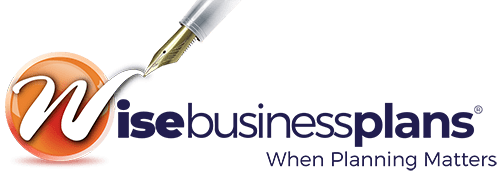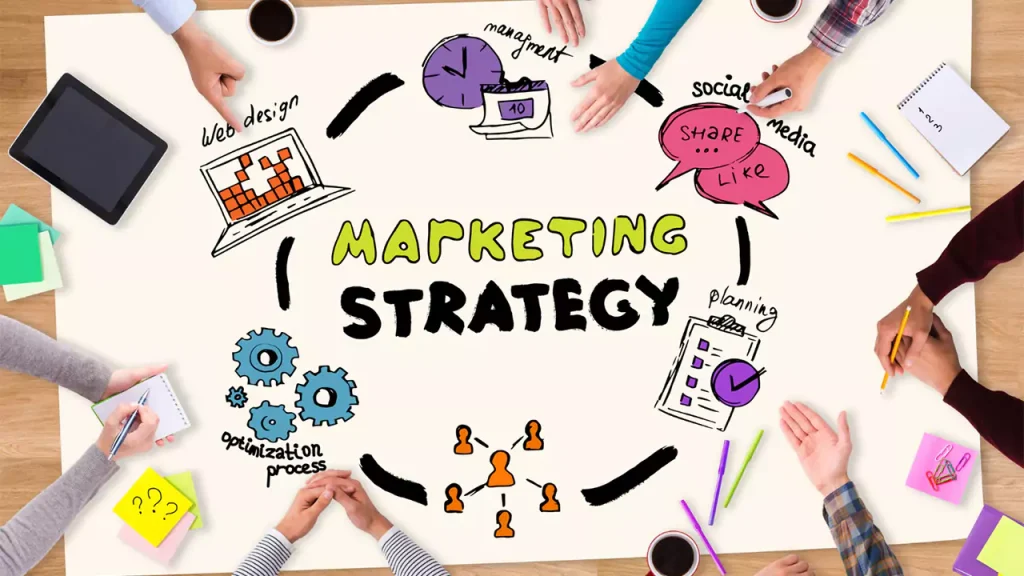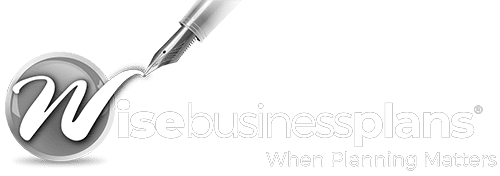How Does Agile SaaS Development Ensure Flexibility and Faster Time-to-Market?
Table of Contents
- What is Agile SaaS Development?
- The essential leading principles in Agile SaaS development:
- Why Agile Methodology Is Ideal for SaaS Projects
- The Role of Agile in Driving SaaS Business Success
- Enabling Fast Prototyping & MVP Development
- Fostering Innovation as a Competitive Advantage
- Optimizing Resource Management in Business Operations
- How to Implement the Agile Process in SaaS Projects
- Step 1: Define Goals Clearly
- Step 2: Form Cross-Functional Teams
- Step 3: Build in Iterative Development
- Example:
- Step 4: Leverage Agile Tools
- Step 5: Take Feedback Post-Every Sprint
- Challenges in Agile SaaS Development & Solutions
- Distributed Teams Management
- New Emerging Trends in Agile SaaS Development
- Success Stories
- Case Study 1: Atlassian
- Case Study 2: Zoom
- Case Study 3: Spotify
- Conclusion
- FAQs
With businesses focusing on flexibility, speed, and user-oriented solutions, SaaS development demand is higher than ever. Agile methodologies, designed to foster adaptability and efficiency for these purposes, are drastically changing how SaaS applications are developed and provided. Keeping the development process aligned with Agile principles helps any SaaS business strategy deliver continuous value to customers, stay competitive, and respond swiftly to changing market demands.
In this comprehensive guide, you will learn about Agile SaaS development—from its benefits and challenges to strategies and real-world applications. Whether it’s building from scratch or improving an already existing SaaS business plan, knowing just how to apply Agile methodology could make a huge difference.
What is Agile SaaS Development?
In a nutshell, Agile SaaS development combines the flexibility of Agile methodology with the unique requirements brought in by the SaaS model. Agile SaaS is a development method that emphasizes iterative progress at work, continuing delivery, and collaboration with stakeholders. Agile lets SaaS businesses evolve organically: grasp user feedback and get adapted to it.
The essential leading principles in Agile SaaS development:
- It’s about iterative development: Development is performed in cycles or sprints for completing functional software as often as possible.
- Customer collaboration: The active participation and involvement of clients or users in all stages of the development life cycle.
- Responding to change: Changing plans and priorities based on real user feedback or based on modifications within the market trends.
- Simplicity: Providing only the essentials without unnecessary complexity.
Why Agile Methodology Is Ideal for SaaS Projects
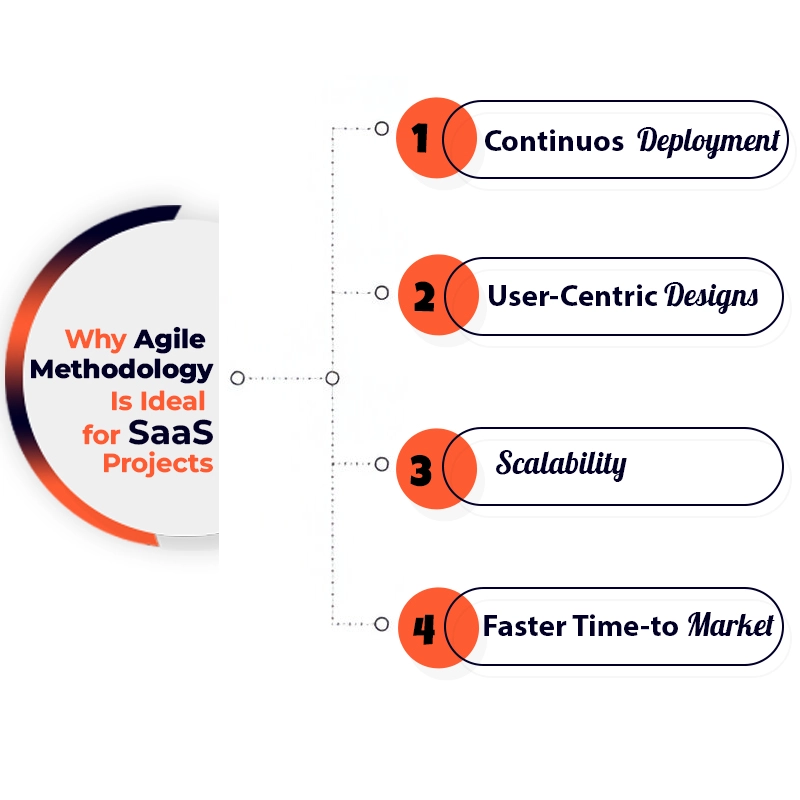
Other classes of software cannot compare to SaaS applications operating in highly dynamic environments where customer needs and technology are evolving at a tremendous and fast pace. Here’s why Agile best suits SaaS methodology:
- Continuous Deployment: Iterative cycles used by Agile go well with SaaS demands such as continuous updates and features.
- User-Centric Design: SaaS applications fully depend on user satisfaction. Agile ensures user feedback is integrated at every stage, developing applications aligned with business goals.
- Scalability: Most of the time, SaaS applications come with scaling in terms of the number of users. Agile follows a modular approach, which makes scalability extremely seamless.
- Faster Time-to-Market for Business Advantage: Agile enables companies to build Minimum Viable Products (MVPs) quickly and refine them based on feedback, reducing the risk of long development cycles that can impact business strategy.
While Agile methodology ensures product flexibility, having a structured business plan is equally crucial for securing funding and scaling efficiently
Thinking of writing a Successful business plan?
Hire our professional business plan writers now!The Role of Agile in Driving SaaS Business Success
Enabling Fast Prototyping & MVP Development
Speed is essential for SaaS businesses. Agile supports fast prototyping as a business strategy.
- Example 1: Airbnb started with a simple concept of connecting travelers with homeowners and iterated based on user feedback into a global business success.
- Example 2: Dropbox used Agile to refine their product through user feedback, aligning their business model to consumer needs.
Fostering Innovation as a Competitive Advantage
Agile encourages a free flow of information among developers, designers, and stakeholders, making it easier to innovate and refine business strategies.
- Real-life Example: Slack continually improves its platform by engaging both internal teams and external users to ensure its features align with business productivity needs.
Optimizing Resource Management in Business Operations
With Agile, business resource allocation is optimized by focusing on high-priority tasks, ensuring time and energy are spent on the most impactful features.
- Example: HubSpot uses Agile to drive updates focused on enhancing customer experience, ensuring efficient use of resources within their business growth strategy.
How to Implement the Agile Process in SaaS Projects
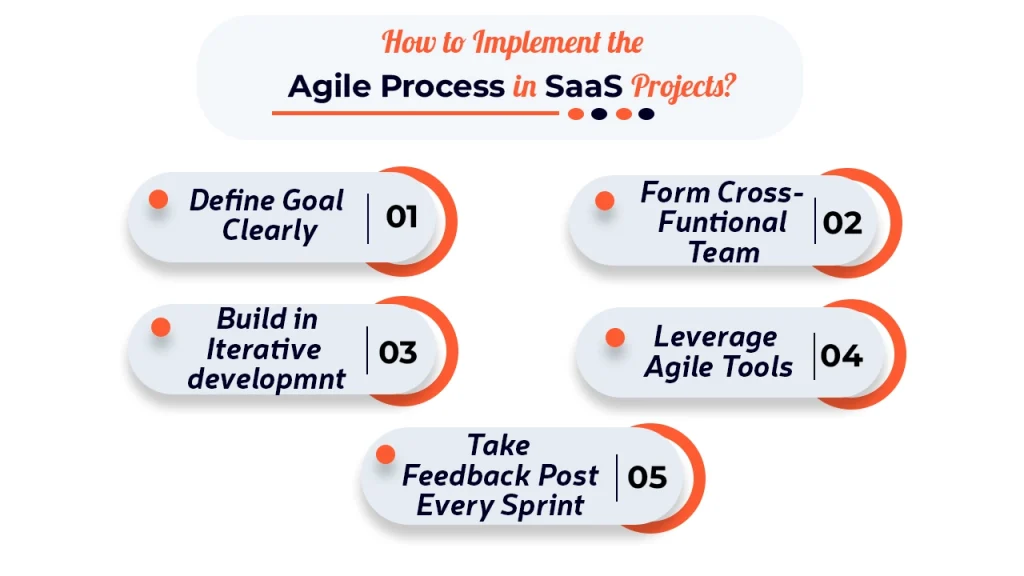
Step 1: Define Goals Clearly
- Describe what your SaaS project should attain.
- Who is my target audience?
- What are the issues you’d like to solve?
- What is the short or long-term goal?
- Tools like Personas and Journey Mapping show you what this looks like.
Step 2: Form Cross-Functional Teams
- Agile is all about collaboration.
- Form teams composed of developers, designers, QA specialists, and product managers.
- Daily stand-ups allow everyone to align.
Step 3: Build in Iterative Development
Divide the project into sprints. A typical length of a sprint can be anywhere between 1 to 4 weeks. Each sprint must deliver one functional element of the product.
Example:
- Sprint 1: User registration module development
- Sprint 2: Payment processing integration
- Sprint 3: Analytics dashboard implementation
Step 4: Leverage Agile Tools
- Jira, Trello, and Monday.com like tools make task administration along with communication easy.
- These tools provide a more real way to peek into workflows and track progress, making sure obstacles are cleared.
Step 5: Take Feedback Post-Every Sprint
Feedback lies at the center of Agile. Take feedback through surveys, beta testing, or interviews after every sprint.
- Example: Notion introduces beta users to perfect the features of note-taking and productivity so that its updates go in line with the needs of its audience.
Challenges in Agile SaaS Development & Solutions
Distributed Teams Management
With the growing trend of remote work, distributed remote teams too face the pain points in Agile practices.
- Leverage Slack & Zoom for on-time communication.
- Communicate the workflow and expectations from timelines clearly.
- Agility means giving in to the tendency of unregulated feature growth.
- Mitigation:
- Clearly define what falls within the scope of each sprint.
- Regularly review priorities with stakeholders.
- In as much as Agile emphasizes speed, quality must not take a back seat.
- Use automated testing and continuous integration to maintain high standards.
New Emerging Trends in Agile SaaS Development
- AI Integration in Agile Tools: AI-powered tools like ClickUp and Monday.com make sprint planning, delay prediction, and workflow optimization a lot easier.
- Agile for Remote-First Teams: Companies are adopting remote-specific Agile frameworks that attend to the peculiarities of distributed teams.
- Sustainability in Agile Practices: SaaS companies are introducing environmentally friendly practices into their agile processes, such as the optimization of server usage in order to cut down on energy consumption.
Success Stories
Case Study 1: Atlassian
- Atlassian, the product firm behind Jira and Confluence, uses Agile in continuously iterating and improving their products.
- Agile Approach: Releases every two weeks. Customer satisfaction has increased considerably.
Case Study 2: Zoom
- Zoom adopted an Agile approach during the lockdown to scale up its infrastructure rapidly.
- Agile allowed it to:
- Add new features like breakout rooms.
- Scale their server capacity without disruptions.
Case Study 3: Spotify
- Spotify uses Agile squads to innovate and develop its music-streaming platform.
Each squad has their own feature specialization to ensure faster delivery and quality.
Check out our free business plan examples
Tailored for SaaS startups and tech businesses.Conclusion
Agile SaaS development is not a methodology but a strategic advantage. Agile lets SaaS companies create solutions to meet dynamic market demands through emphasis on flexibility, collaboration, and user-centric design.
Be it initiating a new SaaS project or revising an existing application, Agile has got a framework ready for your success—from MVP development to its continued deployment, Agile methodology will keep your software competitive, updated, and responsible.
Thus, take the first steps toward the adoption of Agile methodology today and change your SaaS development process in 2025. The future of software is Agile—and are you ready?
FAQs
What is Agile SaaS Development, and how does it work?
Agile SaaS development is an iterative approach that ensures continuous delivery, flexibility, and user-driven improvements in SaaS applications.
How does Agile methodology speed up SaaS development?
Agile speeds up SaaS development by using short sprints, continuous feedback, and iterative improvements to deliver faster updates and feature enhancements.
What are the key benefits of Agile SaaS development?
The key benefits include faster time-to-market, enhanced scalability, improved customer collaboration, and the ability to quickly adapt to market changes.
What are the challenges in Agile SaaS development, and how to overcome them?
Common challenges include managing remote teams, scope creep, and balancing speed with quality. These can be addressed with clear communication, sprint planning, and automation.
Which companies use Agile SaaS development successfully?
Leading companies like Atlassian, Zoom, and Spotify leverage Agile SaaS development to ensure continuous innovation, faster releases, and user satisfaction.
